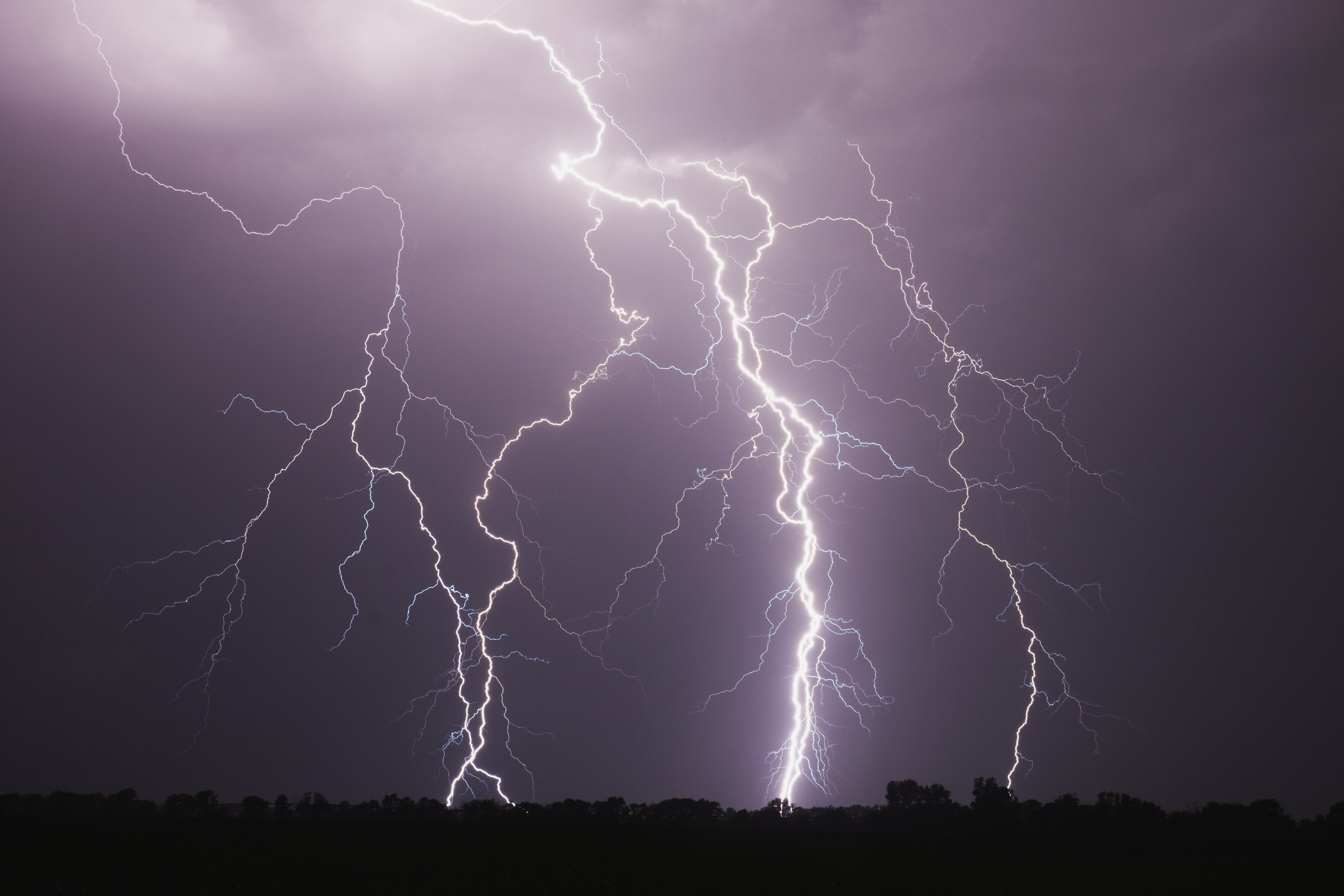Just a few hours south of Odessa lies one of the most ecologically diverse national parks in the country, offering visitors sights of plants and animals rarely seen anywhere else in the United States.
The Odessa American reports Big Bend National Park is more than 800,000 acres of public land hugging the southwestern border of Texas along the Rio Grande. Now celebrating its 75th anniversary this year, Ranger Tom VandenBerg said they're still seeing new things at the park, like the slate-throated redstart, a species of bird rarely found anywhere else that just began nesting in the U.S. for the first time this year.
"Every year it seems like there's another exciting sighting," VandenBerg said. "If you just want to park your car and get out and be surrounded by wide open spaces it's the best place to do it."
Big Bend is in the middle of a big migration period for birds, VandenBerg said, and the park is home to about 430 different species of birds, drawing visitors from all over the world. There's a plethora of other wildlife, as well, including black bears, mountain lions, desert bighorn sheep and much more.
The park also had one of its biggest blooms ever recorded, he said, and saw century plants start to bloom this year, a kind of agave plant that grows at the mid-elevation of the park.
Big Bend has a massive range in environments due to its elevation, which reaches a high of more than 7,800 feet at Emory Peak, the highest point in the park. That peak is located in the Big Bend's mountain range, the Chisos Mountains, which are home to desert plants, as well as oak and pine trees, and more birds like the lucifer hummingbird and the colima warbler found nowhere else in the country.
"It's unbelievable beautiful there. It's like a whole other park," VandenBerg said.
Local
The latest news from around North Texas.
Visitors can also see the park at its lowest elevation, within the canyons around the Rio Grande at the southern edge of Big Bend. Due to the canyons, the desert at mid-elevation, and the Chisos Mountains, VandenBerg said the park is really like three separate ecosystems in one park. This can be seen in the juxtaposed environment and ecology, such as cacti blooming next to large oak trees and the mountains and shrubbery growing next to the Chihuahuan Desert.
The park recently lost some of what it had to offer due to fire. First starting in Mexico, VandenBerg said, the wind spread the fire into the park, which destroyed an old store in Castolon that used to house U.S. cavalry more than 100 years ago.
Fire is a big concern in Big Bend, he said. They don't allow any wood fires or ground fires in the park limits, but do allow charcoal grills and camp stoves. He said they often get fires in the park every year due to lightning strikes, but they have a fire crew in the park, and also use a fire crew from Mexico they train called Los Diablos who assist in firefighting.
"They can get pretty big quickly here depending on how dry it is," he said. "One of our biggest concerns is to have a forest fire in the Chisos Mountains. It would be tough to handle."
May through June is the hottest time of the year for the park, he added, before the rainy season starts in July. Temperatures at mid-elevation can reach into the 100s, about 10 degrees warmer near the river and 10 degrees cooler in the mountains.
"It's always a nice place to come and explore," he said. "We want to make sure people who come this time of year are prepared for the heat."
There are also scenic routes visitors can take just in their vehicles, like the Ross Maxwell Scenic Drive, which goes west through the Chisos Mountains and through the desert. And visitors can also use kayaks or canoes to ride the Rio Grande through the canyons of Big Bend.
"That's a cool way to see the canyons and kind of forget you're in this huge desert," VandenBerg said. "The world gets real small and intimate."
Chad Cawthon is one visitor who came to Big Bend for the first time with his dad to see the sights from his motorcycle.
"It's awesome," Cawthon said. "I like the speed limit. It's only 45 (mph), so it's pretty good for a dual-sport motorcycle."
Elena Grosenheider came to Big Bend this year for the fourth time with her husband. She first came to the park in 1992.
"This is a designated dark area. You'll never see stars like you do here," Grosenheider said. "You'll never see the collection of fauna and wildlife like you do here. It's very primitive."
One reason Big Bend is so special is because it's all public land, which is uncommon in Texas, VandenBerg said. All of the land up to the border of Big Bend is privately owned, and so was the land of Big Bend before the state of Texas purchased it from ranchers in the late 1930s and 1940s.
"Unless you live on some huge ranch or something like that, the ability to just go and roam and head out through some big landscapes doesn't really exist unless you come to a place like this, which is really neat," he said.



